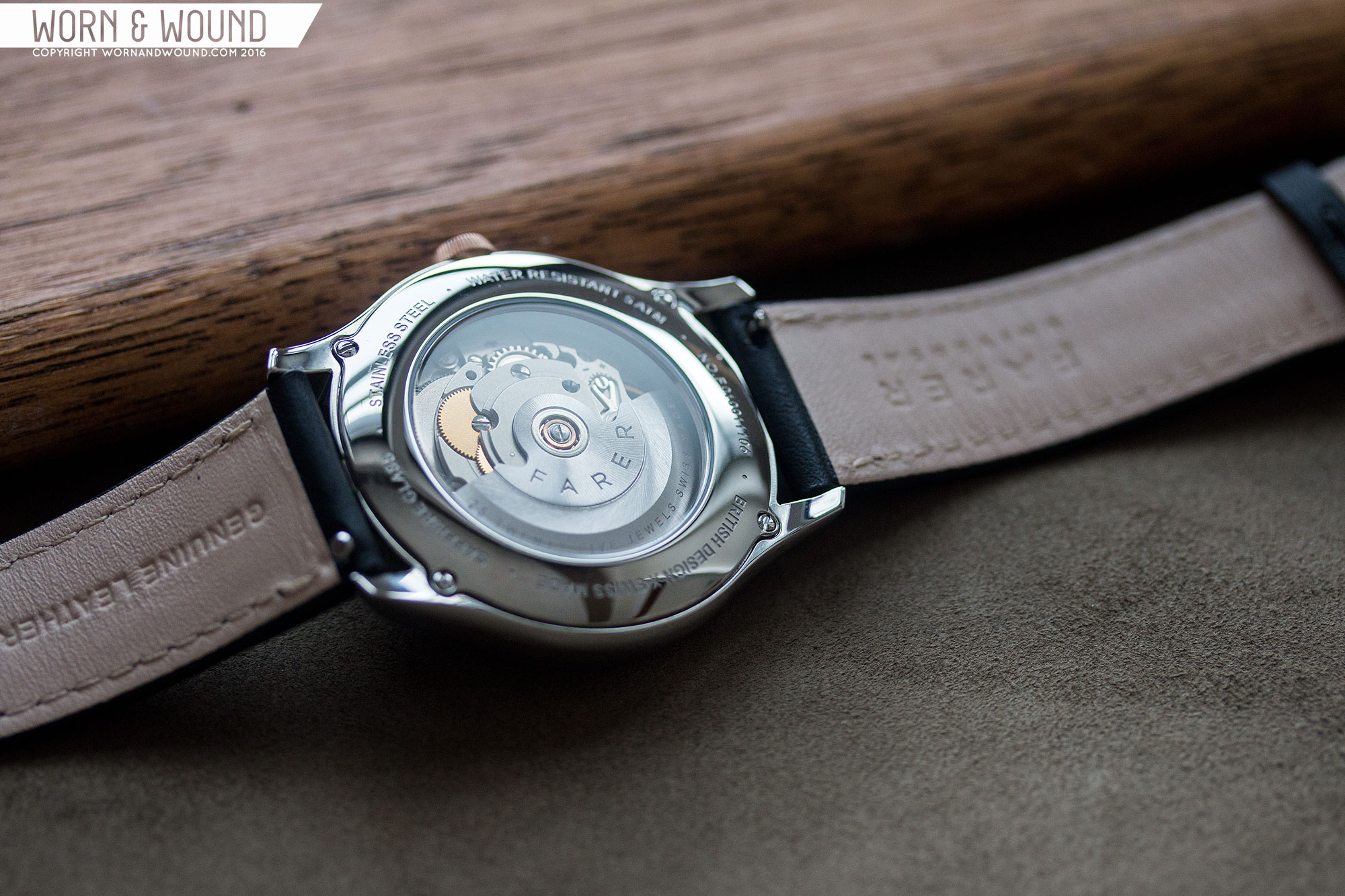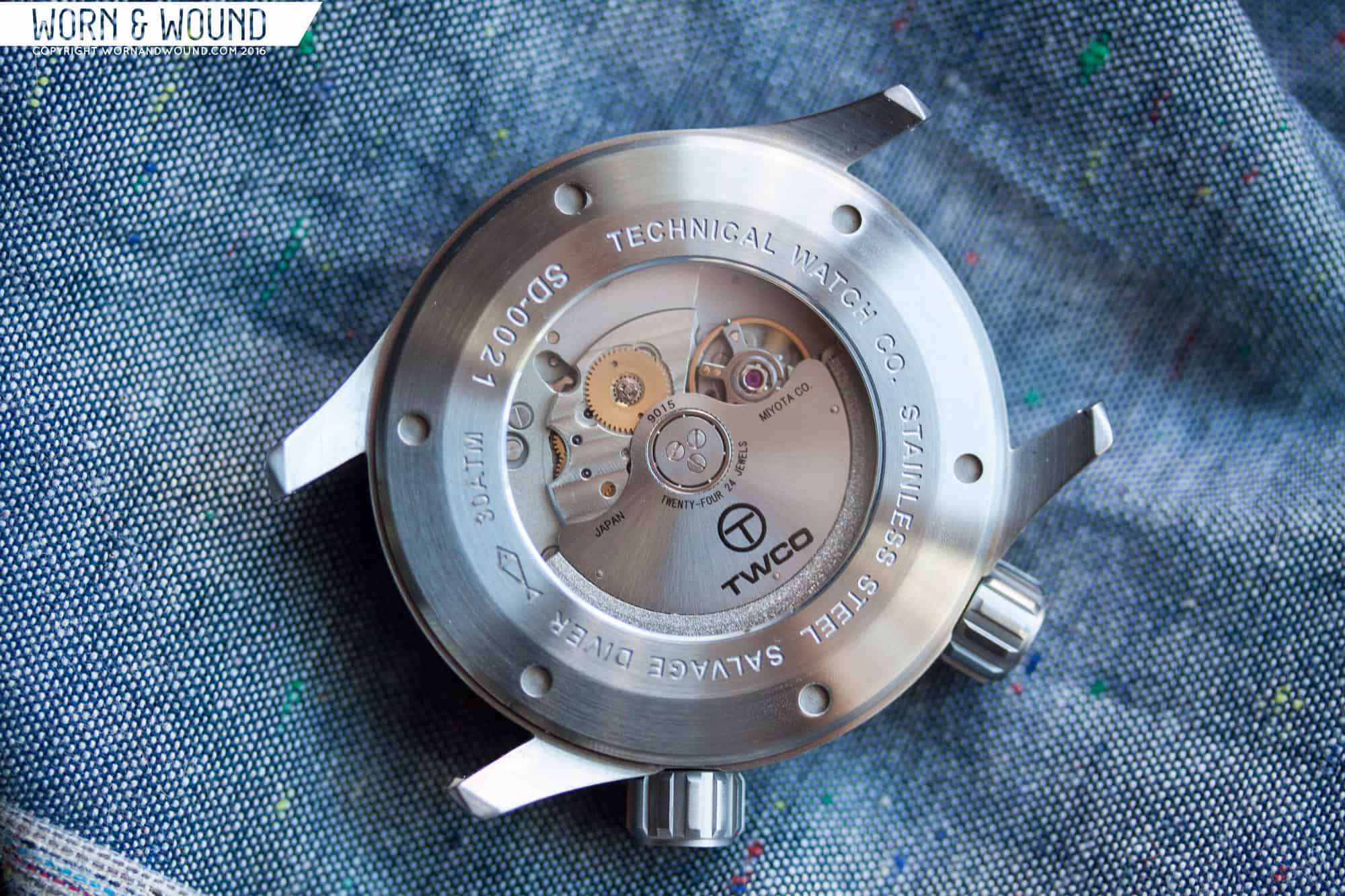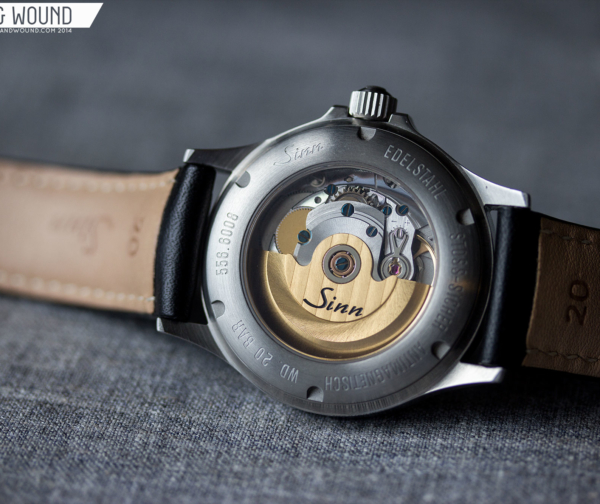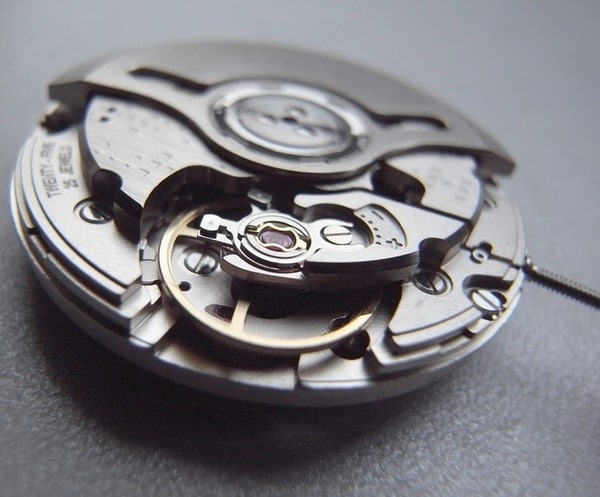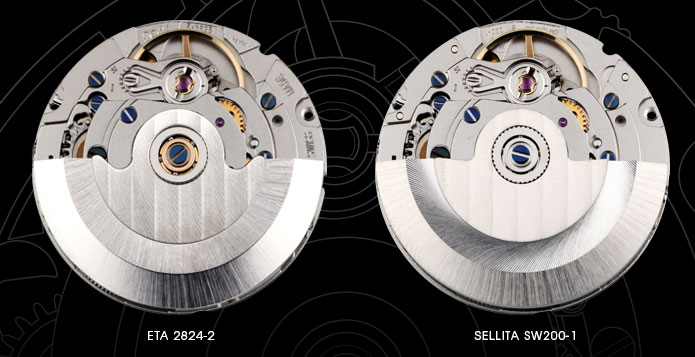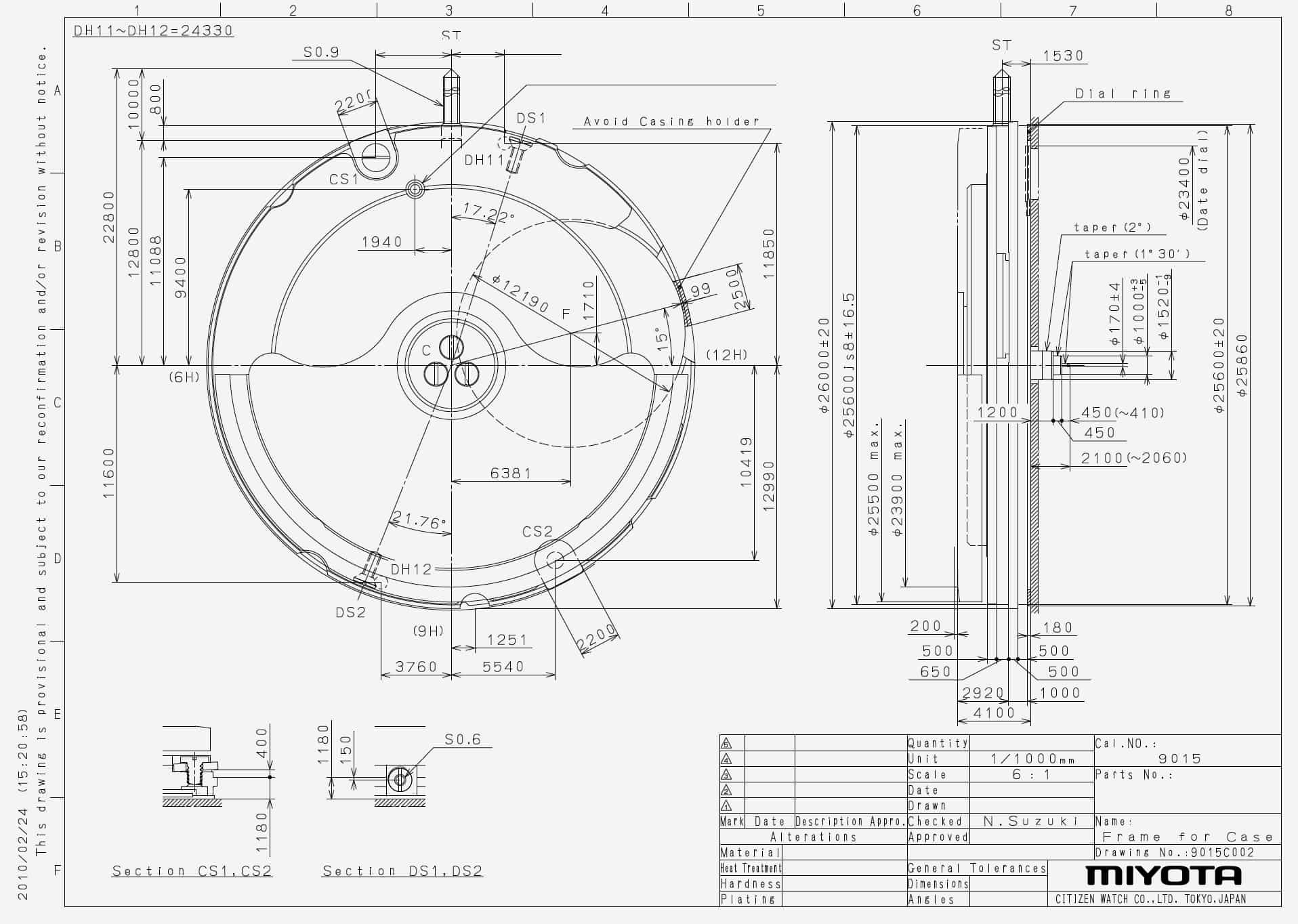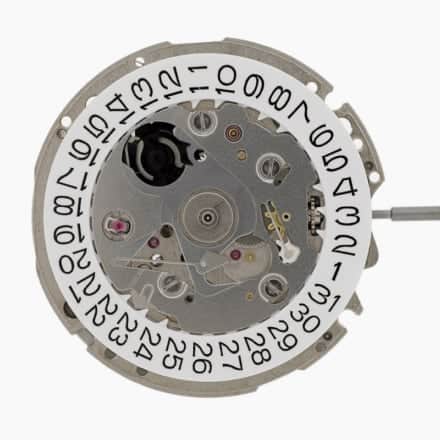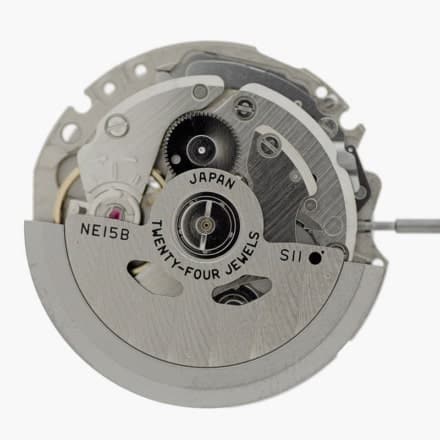Not too long ago, we launched our series Caliber Spec with our first installment focused on the venerable ETA 2824. Today, we’re following up with an article that will take a look at the 2824’s primary competition. From Sellitas and Seagulls on one end, to Seikos and Miyotas on the other, we’ll go through some of the most ubiquitous calibers—all peers to the 2824—currently on the market.
Imagine if you had a choice. Imagine if you could walk into your local Jaguar dealer and drive out in a V6 Supercharged F Type for a gnat’s whisker under £71,000. Alternatively, you could stroll into the Kia dealer next door and buy an identical car but with a Kia badge for, let’s say, £30,000.
What do you do? Which car do you get your checkbook out for?
It’s a question of brand, isn’t it? I’ll bet a lot of people would look to check no-one was watching, then plump for the South Korean model but feel, somehow, it wasn’t quite all it should be. And it’s the same in Watchworld.
Strangely, watchies are sniffy enough about makers dropping standard ETA 2824-2 movements into their cases. There’s still the feeling that in-house is somehow better than an off-the-shelf movement from Switzerland’s biggest movement maker. Lord alone knows what collectors will make of Sellita’s SW200, Miyota’s 9015, and Seiko’s 6R15 gaining ground on ETA.










 Featured Videos
Featured Videos




